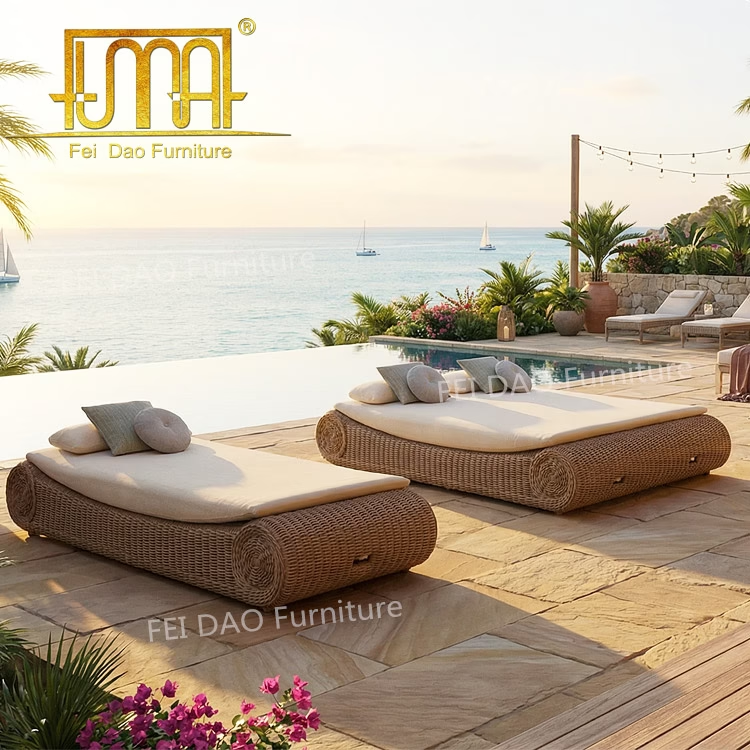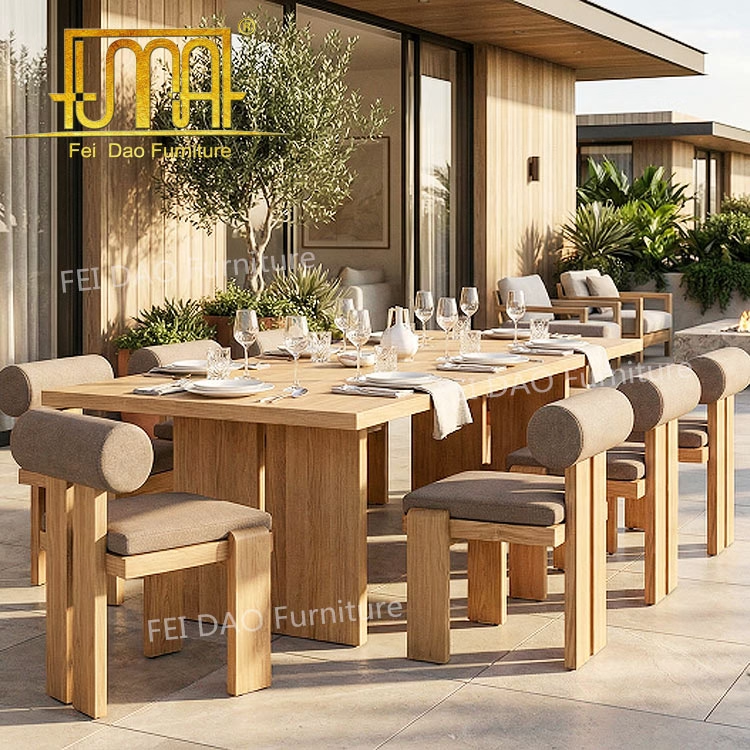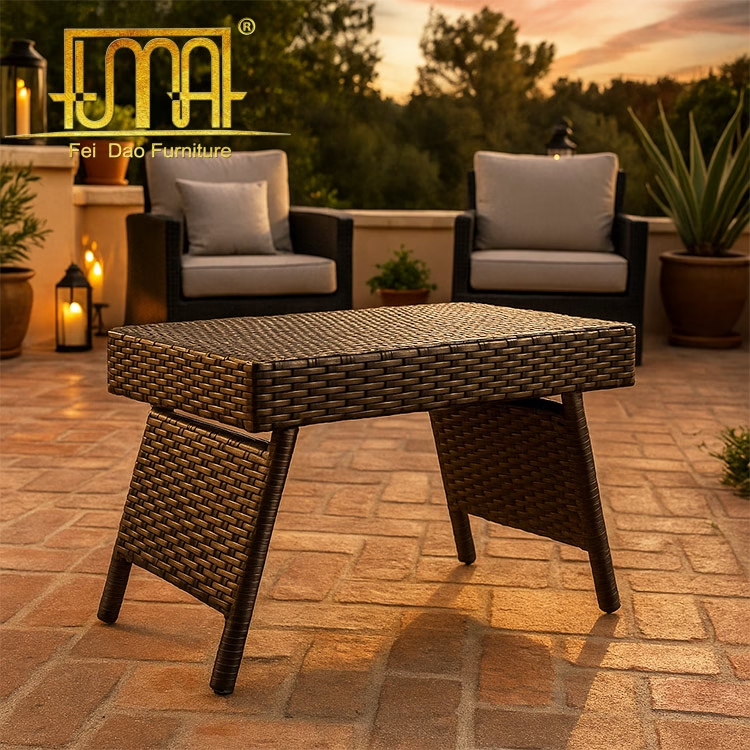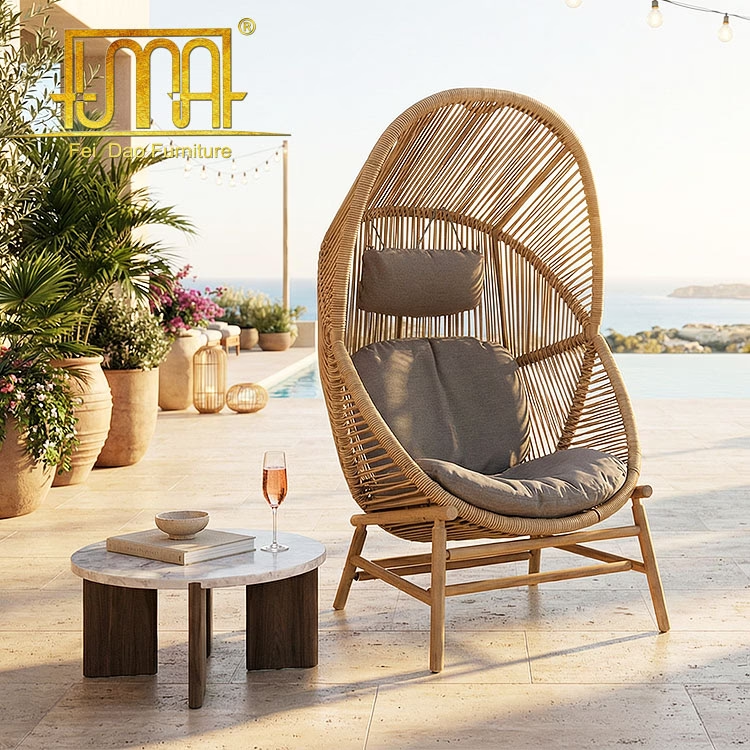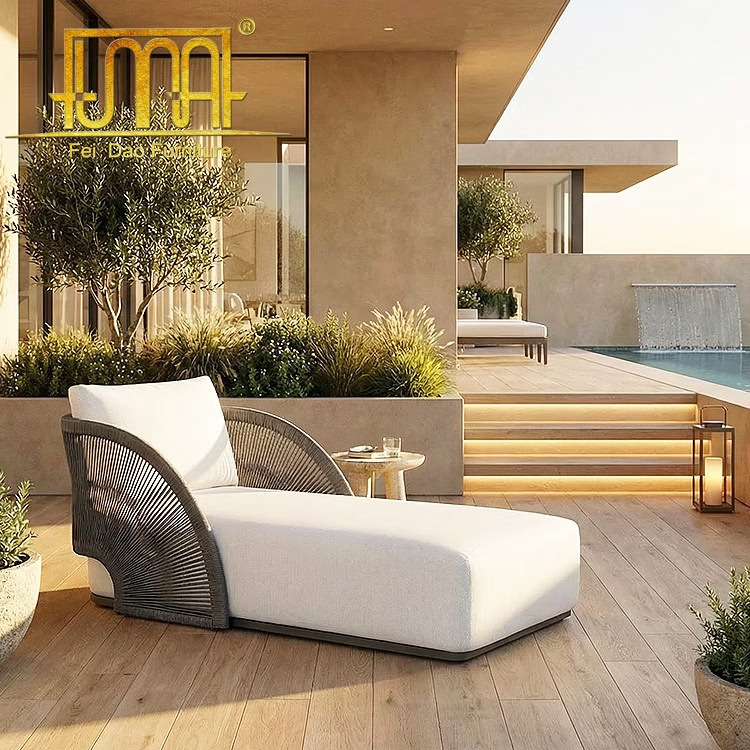Improve Outdoor Patio
There is still plenty of time to enjoy the summer sunshine in your own private space. If you’re looking for a simple DIY way to refresh your outdoor spaces, Feidao.com has a few easy ideas for where to start. The best part about most of these projects is that you determine the scope. You can start with something as simple as adding a few potted plants, or go full out and buy a new set of patio furniture. Even if you just want a weekend project with the kids, there are a number of easy ways you can refresh your patio within a range of budgets. Keep reading for our ideas!

Clean & Tidy Your Space
Even outdoor spaces need a good cleaning now and then to look their best. Whether you have a deck, grassy backyard, or cement patio, chances are it could use a little upkeep. For wood decks, cement or stone patios, or other hard surfaces, a good pressure washing can make a huge difference in the appearance of your space just by making it look fresh and clean. With wood decks, you may have to stain and / or reseal the wood after pressure washing, which can add to the time and scope of a project but is still relatively easy. For cement or stone patios, it’s even easier, just pressure wash and you’re all done. Don’t forget to do the exterior walls of your home! Getting rid of all the dirt and cobwebs that accumulate outside is going to make the space feel that much more inviting.
While you’re already outside cleaning, take the time to trim any outdoor plants. Removing dead limbs can promote new growth, keeps your plants looking tidy and prevents them from taking over too much space. For dirt areas, you can sweep them to make them look more level, or add some inexpensive rocks or plastic borders to create cleaner areas for pathways. While you’re at it, you can purchase some stone pavers, larger tiles, or loose gravel to create stepping stones. Check Craigslist or Facebook marketplace for inexpensive or free materials to keep costs in check, and spread moss or grass seeds between pavers to add a more natural look.
Create Splashes of Color
Just like with interior spaces, adding bold splashes of color can transform a drab space into one that is vibrant and exciting. You can try something simple like adding painted wood panels to your walls to create abstract, colorful pieces. For a more dramatic look, you can paint your (freshly cleaned) wood deck or patio with a durable option to really add a big splash of color. Another option (which combines with our third point below) is to refresh any potted planters or raised garden beds by painting them with your favorite colors. Plain terracotta or plastic pots are relatively inexpensive, and can easily be spray painted (it’s best to tape off the interior of the pot, and just paint the parts that will be visible and not covered by soil).
Another great way to add color is to add lighting. Colorful LED string lights or smart bulbs are becoming very affordable, and many options can be controlled by your smart home system or smartphone to create dynamic options that change based on the occasion, time of day or year, or your mood. You can install mounted outdoor fixtures with color-changing bulbs, run string lights across your patio or between fence posts, or even go old school with fire-driven options such as candles, torch lights or oil lamps (or new old school with battery-powered candles). The key is to focus on lights that add color and vibrancy to an area, without making them too bright. You don’t want a floodlight, just enough light to create a visual interest that also has the practical benefit of brightening up your space.
Create Depth, Height and Texture Using Plants
New plants can of course add a wealth of texture, color and visual interest to a space. Rather than going out and buying a batch of similar planters, use various different plants, pots, plant stands and end tables to create contrast between heights and patterns. You can get creative by attaching pots to fences or exterior walls, placing larger pots directly on the floor or mixing them in among in-ground plants, and placing smaller pots on plant stands and end tables. Create height by planting tall, upright plants in containers on the ground, and by planting trailing or vine plants in containers mounted on walls or fences. You can use plants to create borders for distinct areas (more on that below), and create the impression of more space by playing with visual tricks. For example, place larger pots and taller plants towards the back of your space, with smaller containers and short plants closer to your house. That lets the eye flow in one direction and gives the impression of more space.
Choose plants that are appropriate for your area, but try to make selections that have different textures, shades of green, and different flowering seasons. That way no matter where your eye lands, there will be something beautiful to admire all year long. You can also splurge and add new plants in-ground if you have the space. Try adding citrus trees or elephant ear plants (in warmer climates) or other options with large leaves such as hostas in cooler climates. Make sure to choose some ground cover options that are appropriate for your climate, as those will fill in blank spaces and add texture and color to areas that would otherwise just be dirt. For extra fun, add a bird bath or bird feeder, sculpture, or garden ornaments for low-maintenance focal points.
Create Distinct Zones
Creating individual zones for different purposes is a very easy and quick way to improve the functionality of your outdoor space. It also improves the coziness factor by taking a large space and making a section of it feel more intimate. You can try something simple, like creating a vine wall. Just take two or larger pots, secure wooden posts into the dirt, and then add lattice between the posts. You can then plant something like pink star jasmine in the pots, which will fill in and create a beautiful (and lovely smelling) living wall that divides your space. You can also just place groupings of furniture in different areas, say to create a lounge area with low, padded seating that is distinct from your outdoor dining area with a table and chairs.
Tables help a lot in this regard, as you can have lower tables as end tables and coffee tables for lounge seating, and standard height or bar height tables for dining. This way you can go from sitting higher up while eating dinner, to sitting low down and relaxing for dessert afterward. Even though different seating areas serve similar functions, having contrasting elevations creates the sense of more space and better tailors each area to a specific type of gathering, mood or occasion.
While you’re creating different zones, don’t forget about the best type of leisure, sleeping. An outdoor day bed or hammock can be the ultimate spot for a quick afternoon nap, for enjoying your morning coffee, or (depending on your area and weather) even as a great place for backyard camping. Daybeds are easy and generally have a more normal mattress, so they are very comfortable. You can let things run wild by planting vines around the frame to really bring in nature (best to bring the mattress inside while not in use), or keep the bugs away by draping mosquito netting overtop of the bed or a large trellis. Hammocks with easy-to-assemble (and easy to store) metal frames are very affordable and can be a comfortable option for multi-use spaces, where you need to move them in and out depending on the occasion. Finally, for those with mature trees or very sturdy fence posts, nothing beats the weightless comfort of a traditional swinging hammock. Many models even offer built-in bug nets, so you can lay down outside, swing in the breeze, and let your backyard rock you to sleep.
Create a New Dining Area
Welcome to follow our Instagram, Tiktok.
Or contact us directly.
Want to read another article? Please click this: Woven Furniture – Types & Techniques



